Many people only think they need air conditioning repair when their system completely stops working. However, the reality is your air conditioner will often show signs of trouble before a complete breakdown that results in new AC installation. Recognizing the symptoms and calling the experts at Allstar Heating & Air Conditioning to fix issues early can spare you the hassle and expense of a full AC system failure. More importantly, it can prevent the hot and sweaty conditions created by having your AC stop working on a really hot day.
When you call us, our team of highly trained HVAC technicians will diagnose the issue, fix the problem and get your AC back on track. We have a proven track record in the community and provide reliable, affordable AC service for local homeowners.
Why wait until your cooling system quits? Skip all that hassle by calling today to schedule AC repair in Buellton, CA, from Allstar Heating & Air Conditioning.
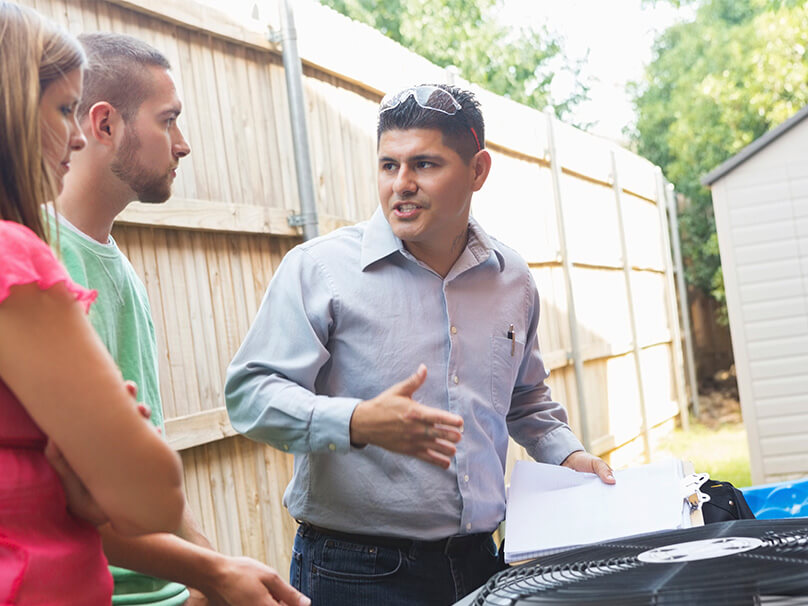
Warnings Signs You Need AC Repair
What are the signs your air conditioner requires service? From strange odors to warm air coming from the vents, there are many clues that your cooling system has a problem and needs evaluation or repair.
Here are some warning signs that trouble may be around the corner and it’s time to call an HVAC technician from Allstar Heating & Air Conditioning:
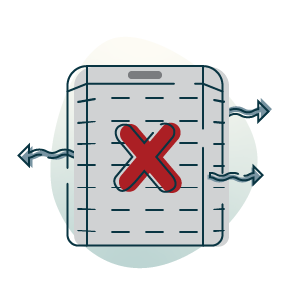
AC blows warm air instead of cold
If heated air is coming from your AC unit instead of cool air, or if the air isn’t as cool as it should be, it’s a smart move to call us for professional cooling service.
AC keeps turning on and off
If your AC system turns on and off instead of maintaining steady operation, it could be a symptom of underlying trouble and should be inspected by one of our certified HVAC technicians.
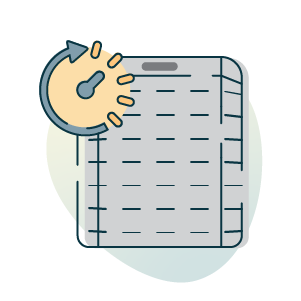
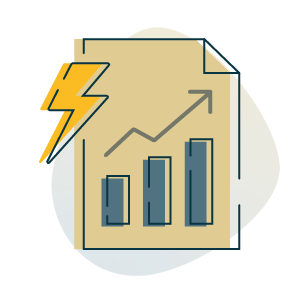
Home energy bills spike for no apparent reason
A sudden spike in your energy bills can be a sign your AC unit is becoming less efficient, which means it uses more energy to keep your space comfortable and needs AC maintenance or repair.
Unusual smells are coming from your air conditioner
Air conditioners aren’t supposed to smell. A strange smell coming from your air conditioning system should be inspected by an HVAC technician, as they can be a symptom of trouble like mold, mildew or even electrical issues.
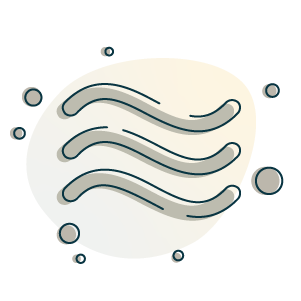
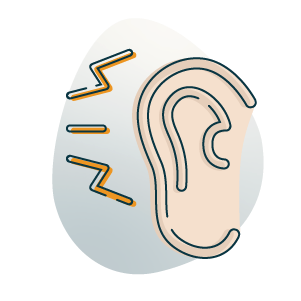
AC makes loud noises when it runs
If you hear odd noises when your air conditioning is running — banging, grinding or screeching, to name just a few — it’s important to call for professional HVAC service to find out what’s wrong.
Request Pro Air Conditioner Repair Now
When you have to have air conditioning service fast, get in touch with the HVAC repair professionals at Allstar Heating & Air Conditioning. We’ll speedily diagnose the issue when your system won’t start or give enough cool air.

